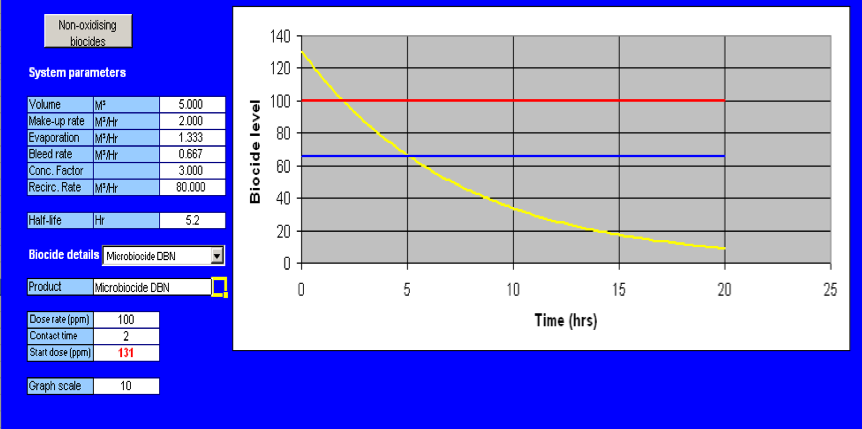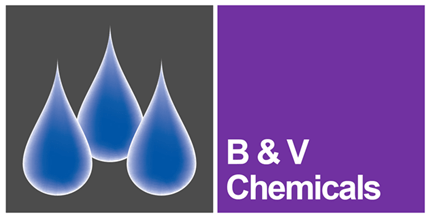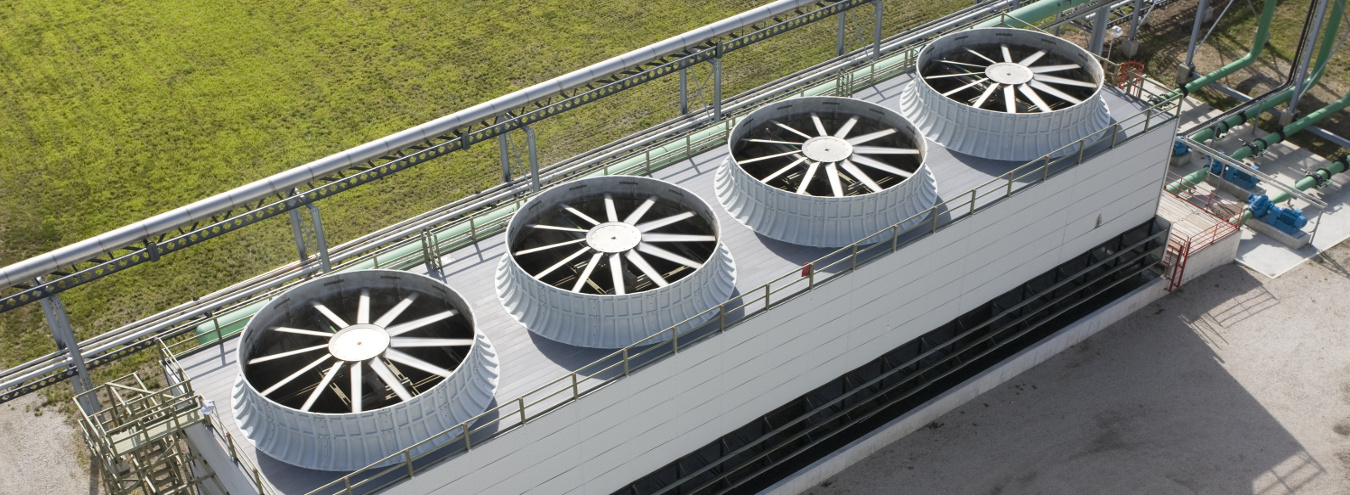A biocide is a chemical treatment that is formulated to effectively control microbial growth. They can be oxidising or non-oxidising. In this blog post, we share our best practice tips for using non-oxidising biocides in cooling tower water treatment.
What do non-oxidising biocides do?
When present at a sufficiently high concentration and for a sufficiently long time, non-oxidising biocides kill micro-organisms by interfering with their metabolism, stopping respiration, or lysing the cell walls. As a result, they are often used in open and closed cooling systems. However, if they are not added correctly, they will not work effectively.
What non-oxidising biocides are there?
Non-oxidising biocides include:
- Quaternary ammonium compounds
- Bronopol
- THPS
- DBNPA
- Gluteraldehyde.
When not to use non-oxidising biocides
Oxidising biocides such as chlorine and bromine are generally cheaper than non-oxidising biocides. Continuous values of 0.5-1.0 ppm Cl2 or 1-2 ppm Br2 are effective. Non-oxidising biocides should not be added when chlorine or bromine are being added, as they will react with the non-oxidising biocide and destroy it.
How do non-oxidising biocides work?
Bacterial death when using a biocide is not instantaneous. Just as you can hold your breath under water for a time – and not drown. So contact times for a biocide to bring about a kill need to be considered. These can vary from 2-24 hours and allowance must be made for this if purges are operating, as the definition of “lethal dose” actually means “at or above that concentration for the number of hours required to bring about the kill”.
How to use non-oxidising biocides in cooling towers
If you are slug dosing a non-oxidising biocide, you need to calculate how much to add at the beginning of the contact to ensure there is still the lethal dose at the end of the contact time for that biocide.
With small cooling towers (and particularly evaporative condensers), which typically have low volume/high make up (and therefore short half-lives) the required quantities can be frightening.

The figure above shows the case for a tower with a half-life of 5.2 hours, using a DBNPA based biocide (see B&V's Microbiocide DBN) with a required dose and contact time of 100 ppm for 2 hours, where a slug of 131 ppm needs to be added at the beginning to ensure 100ppm after 2 hours.
If a THPS based biocide was used, for example, B&V's Envirobac P (100 ppm for 12 hours), the same tower would need a slug of 495ppm to be added to ensure 100ppm after 12 hours.
To prevent the development of resistance patterns it's always advisable to dose alternating non-oxidising biocides into a cooling tower.
Dosing non-oxidising biocides accurately so that they work effectively is a complicated process, but can be done very effectively when you obtain all the relevant information. For further advice please contact our technical department.





